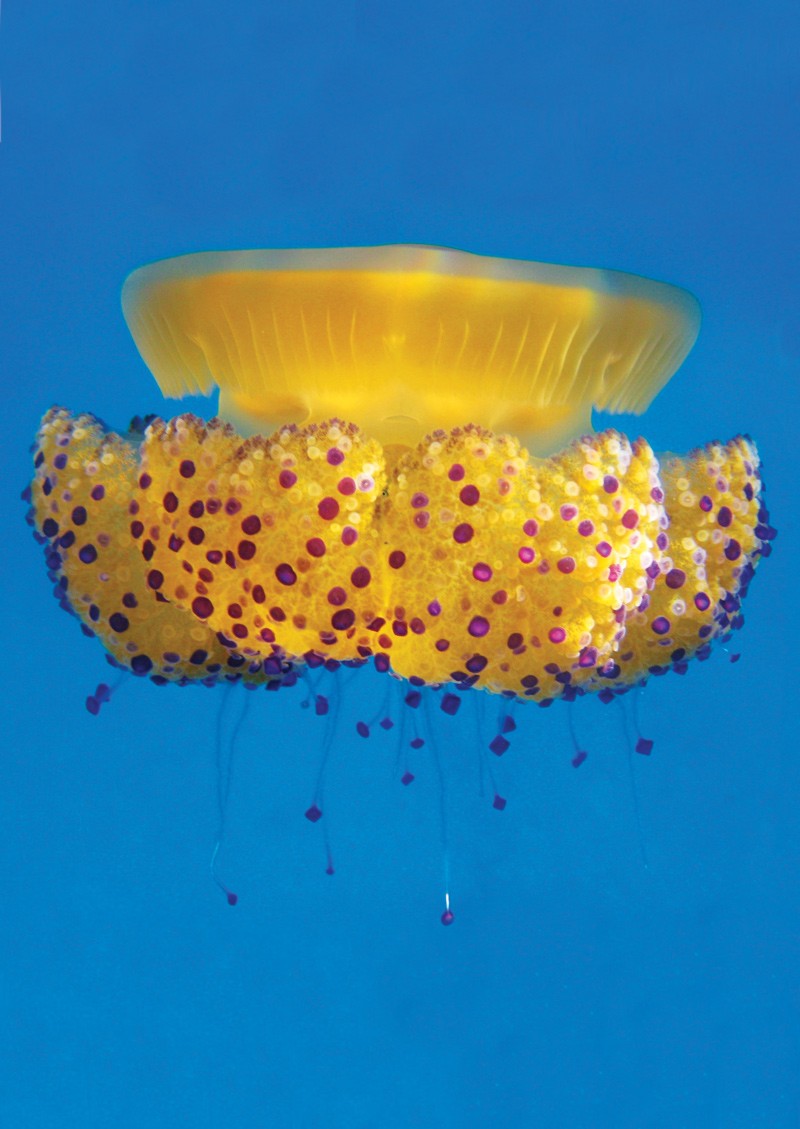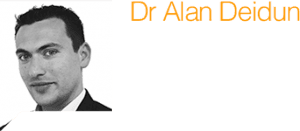 Dr Alan Deidun writes about a warming Mediterranean Sea, a recently built centre in Gozo, and collaborations with economists
Dr Alan Deidun writes about a warming Mediterranean Sea, a recently built centre in Gozo, and collaborations with economists
Marine Protected Areas are poorly understood and not appreciated but are vital to maintain healthy seas for all who live or enjoy the sea. The areas are a priceless patrimony that we need to preserve. The EU funded PANACEA Project promotes the biodiversity and marine assets of four Sicilian (Capo Gallo/Isola delle Femmine, Ustica, Isole Pelagie and Plemmirio) and two Maltese (Dwejra and Rdum Majjiesa) areas, and aims to maintain them for future generations.
Despite the distances involved, a common thread links all six areas. Their biodiversity is stunning. They are filled with iconic marine species unique to the Mediterranean, such as the Noble Pen Shell (Pinna nobilis — nakkra in Maltese), the long-spined sea urchin (Centrostephanus longispinus), the star coral (Astroides calycularis) and vast Neptune Grass vast meadows (Posidonia oceanica), a keystone species. Unfortunately, other species like the Mediterranean coral (Cladocera caespitose) are much more vulnerable. It might become extinct because of increasing water acidity, the ‘evil twin’ of climate change. These organisms are all stressed by an overfished and overexploited Mediterranean Sea, a reason for more frequent jellyfish blooms. Over 150 million people surround our Sea.
Dwejra in Gozo now houses the edutainment arm of the PANACEA project. One of four educational centres built in four of the 6 areas. The Gozo centre was finished in March. Visitors can experience a kaleidoscopic overview of the marine life and habitats present in every area. Underwater documentaries (thousands of views on YouTube), interactive panels, dioramas of submerged landscapes, audiovisual panels, and resin replicas try to encourage awareness. The tools show the complexity beneath our seas and the link with the land.
Apart from communicating with the public, the project is focused on scientific research. It spearheaded the development of a novel 2D-coupled ecological model for the Dwejra coastal area, which considers both physical (temperature, acidity, salinity, and so on) and biological effects. Since it is a 2D model, a single standard water depth is considered rather than every single height. The model can forecast the impact on water quality of development in Dwejra. For example, what is the effect of increasing boathouses around the Inland Sea? This approach can help policy and decision makers keep within EU obligations.
The PANACEA project has similar aims to another project in which Dr Deidun is acting as Project Manager called BioDiValue. Vessels have been fitted with an Automatic Identification System (AIS), which sends out a signal about vessel location. An antenna at the University of Malta picks up their signal. Monitoring vessel location is important in case of oil spills, and the discharge of fuel and ballast water (potential introduction of alien species). Malta’s coastline and waters can only be protected if we know the risks. Following the International Maritime Organization’s International Convention for the Safety of Life at Sea, all ships above 300 tons must be fitted with this system.
“These organisms are all stressed by an overfished and overexploited Mediterranean Sea, a reason for more frequent jellyfish blooms”
BioDiValue is also building a TowFish, a towed underwater platform. It is equipped with sensors (e.g. chlorophyll, temperature, salinity depth) and video cameras (including one to take snapshots of gelatinous plankton) to determine the water quality and document our beautiful seas. The design and construction is coordinated by Dr Martin Muscat (Department of Mechanical Engineering, UoM) and the University of Catania.
Economics of conservation
One third of the world’s maritime traffic passes through the Mediterranean just a few hundred kilometres off Malta. Ships release huge amounts of pollution, and the BioDiValue project is trying to quantify the economic detriment it has on the environment. This 2.4 million Euro project is seeing the water quality, number of alien species, and so on that ship traffic has on the Malta-Sicily channel. Environmental economists will be translating this information into monetary terms for policy-makers and decision-makers. Economists and biologists seem to be talking more frequently these days.
“Malta’s marine area is impressively almost 14 times its land area”
A tropical Mediterranean
There are signs that the Mediterranean is warming. Dr Deidun, colleagues at the Physical Oceanography Unit (IOI-Malta Operational Centre, University of Malta), and the Department of Biology are working on the EU-wide ‘Tropical Signals’ programme that is observing how the Mediterranean is becoming tropical. New species, temperature rises, and other changes are all being studied.
The Maltese team is using temperature data loggers donated by CIESM (the project coordinator, International Commission for the Scientific Exploration of the Mediterranean Sea). The loggers were set at 5m-intervals, from a depth of 5m down to a depth of 40m. Since 2011 sea temperature levels around Malta and Gozo have been recorded every hour on the hour. They are retrieved every six months to download the recordings before being redeployed in the field.
The temperature data being collected will be used to see if changes in temperature are changing the local ecosystem. The Department of Biology is monitoring fish assembly changes. By combining the data from all partners a picture of the whole Mediterranean can be formed. Despite its small size, Malta’s marine area is impressively almost 14 times its land area. Our Seas need to be monitored by local researchers participating in innovative projects.
PANACEA Project, a two-year project part-financed by the European Union under the Operational Programme Italia-Malta 2007–2013.
https://www.youtube.com/watch?v=ArJOWrwwz98
https://www.youtube.com/watch?v=xzpPK1pAlLA
Find out more:
-
Visit www.panaceaproject.net for more information about the PANACEA project.
-
Visit www.peseus-net.eu to learn about the Clean Seas by 2020 PERSEUS project, funded by FP7 programme.
-
Visit www.ioikids.net/jellyfish for information on the citizen science campaign Spot the jellyfish
-
Visit www.alandeidun.eu for his personal webside and updates about his research.
-
Visit www.planbleu.org/publications/Cahier8_marin_EN.pdf – a publication that talks about the economic important of Mediterranean marine ecosystem.






Comments are closed for this article!